Talk Overview
Many experiments produce quantitative results and these require quantitative models for interpretation. Phillips makes a convincing argument for quantitative biology that biologists who understand mathematical principles and quantitative thinking have another tool with which to address biological problems.
Speaker Bio
Robert Phillips
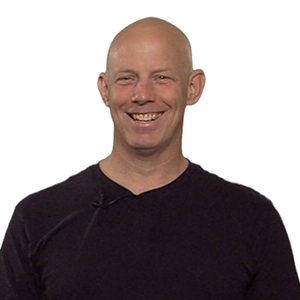
Rob Phillips is the Fred and Nancy Morris Professor of Biophysics and Biology at the California Institute of Technology and co-Director of the Physiology summer course at the Marine Biology Laboratory. His research focuses on elucidating the physical phenomena of a variety of biological processes/systems, such as mechanosensation and gene regulation. He combines physical modeling… Continue Reading

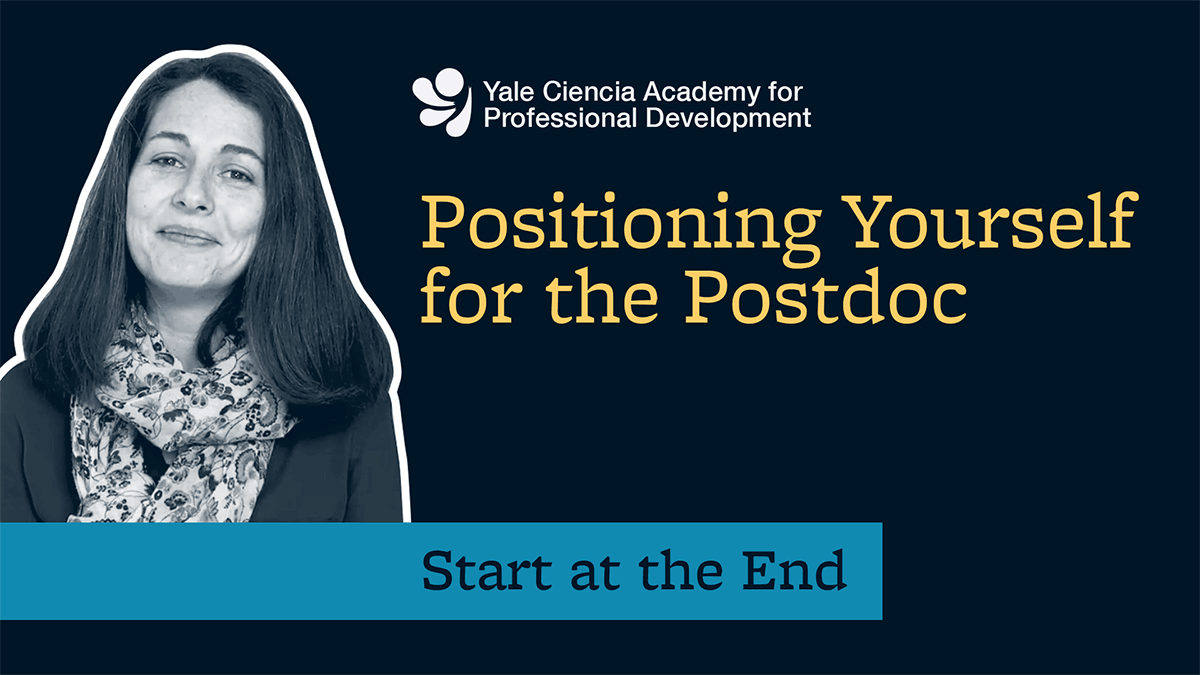
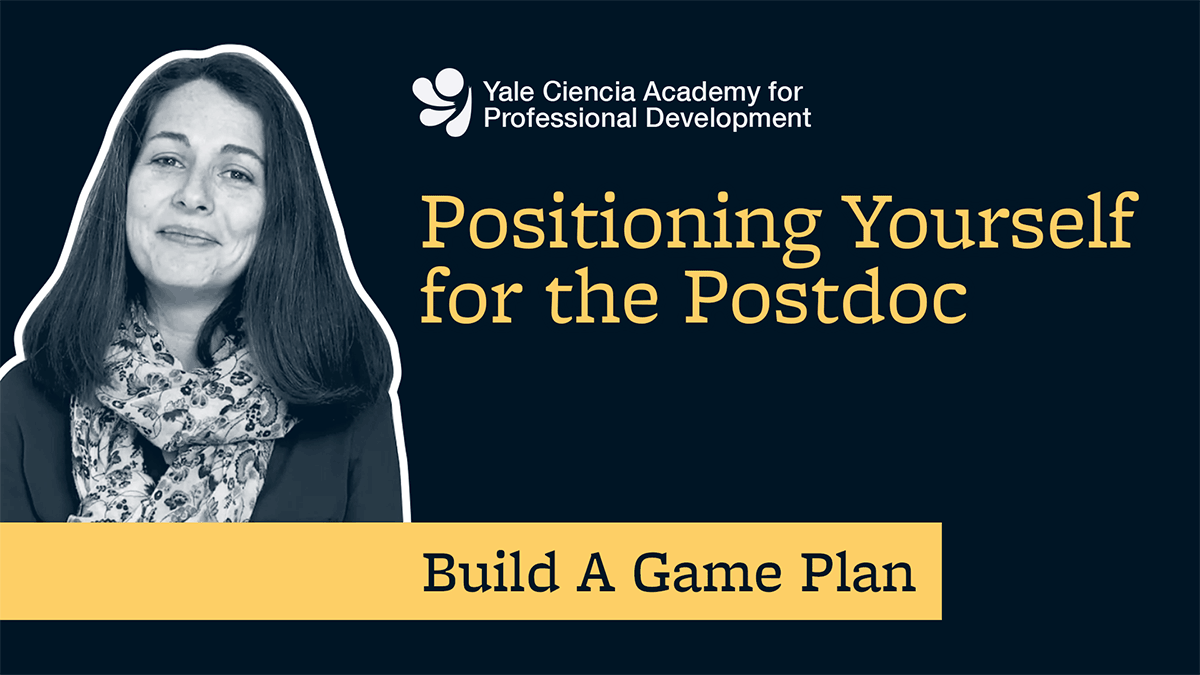

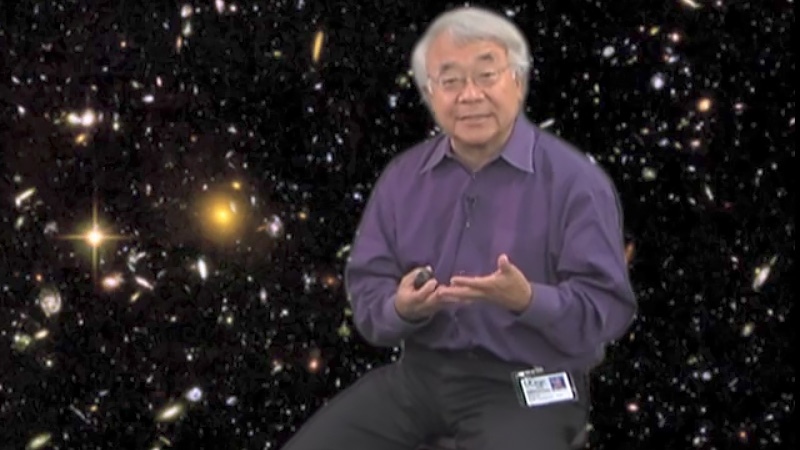
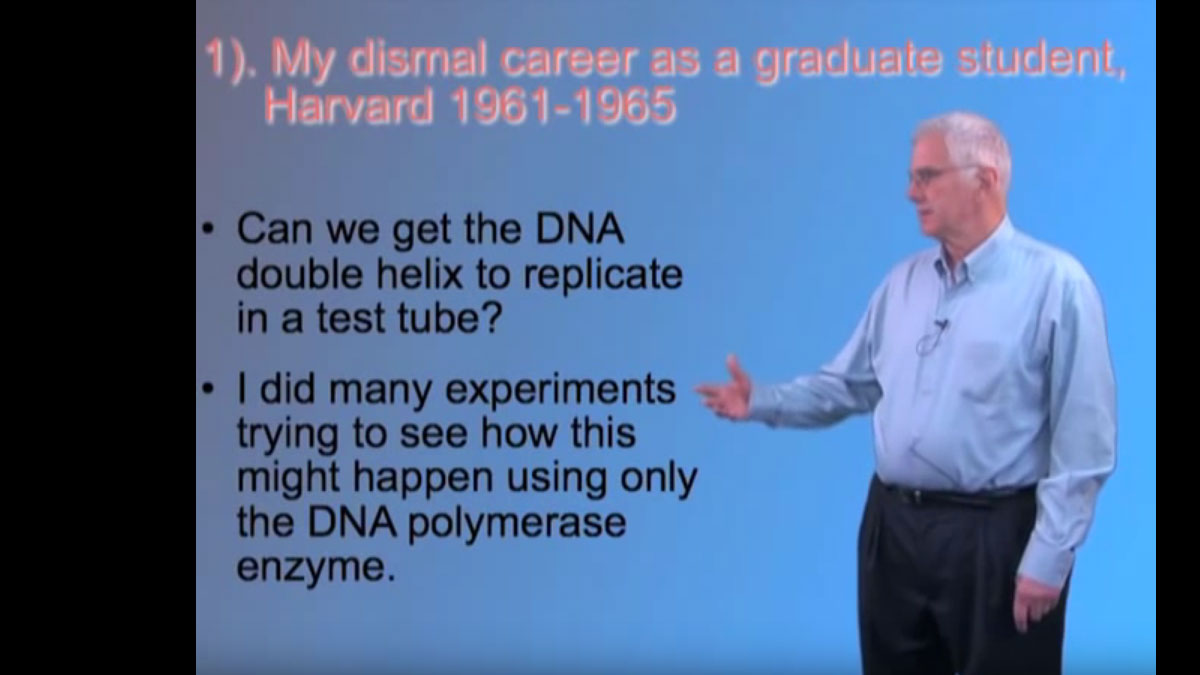
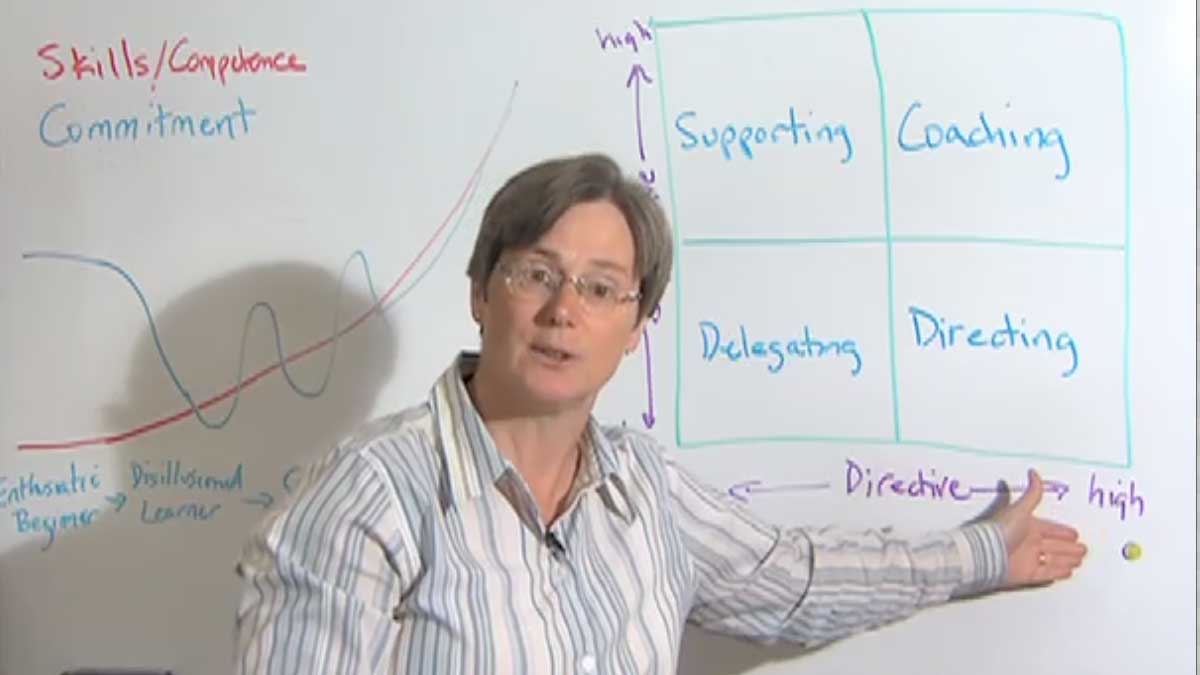




Leave a Reply